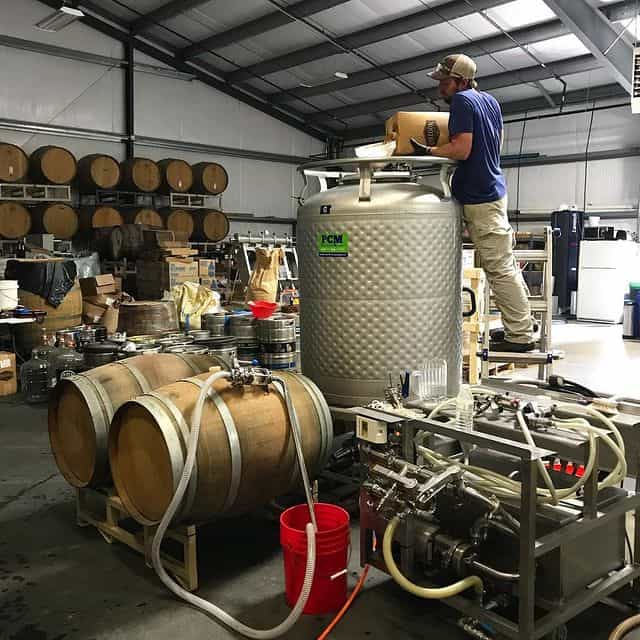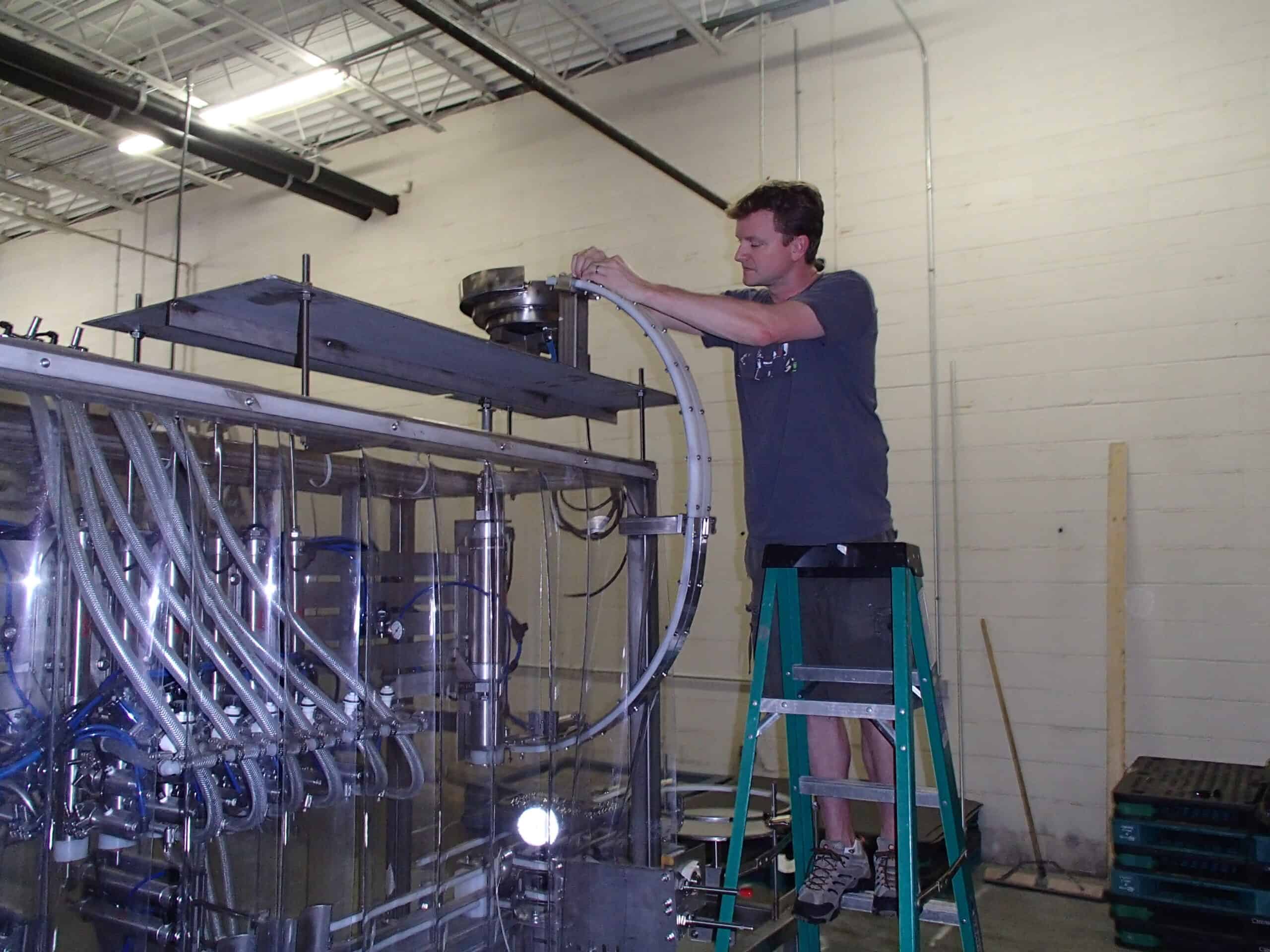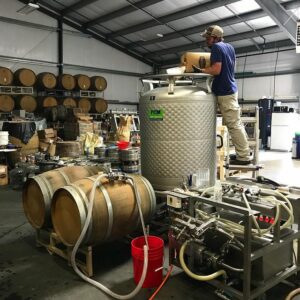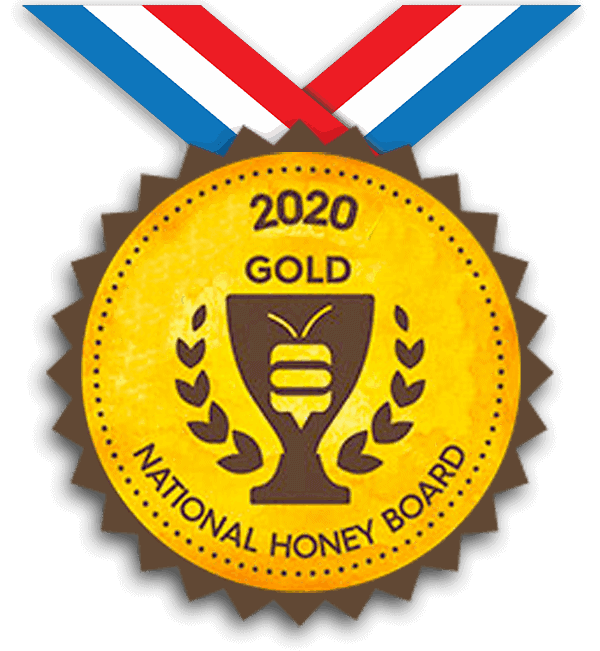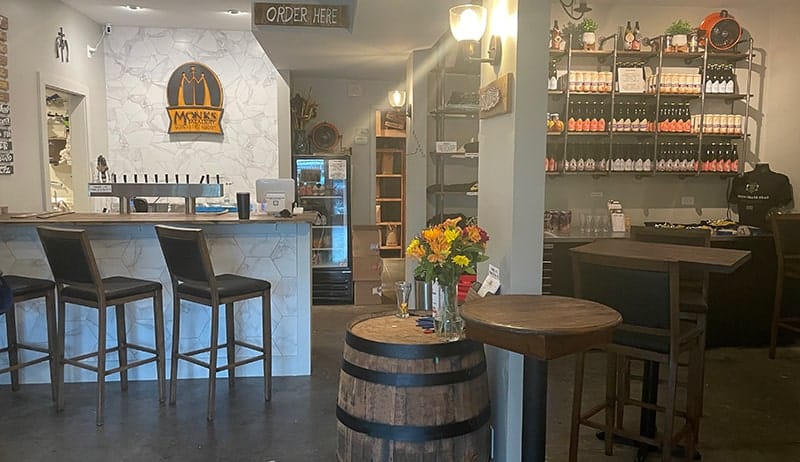Mead is an emerging alcoholic beverage made out of fermented honey that is quickly making itself known in the market. Indian Pale Ale (IPA) is a type of beer (made from fermented grain) popular for its hops and craft selection. The core ingredients of honey and grain set these two beverages on completely different paths from the start of the brewing process to the taste of the end product. Although the paths are separate, you will see many similarities along the way.
The Ingredients
Here’s what the ingredients are to get the most basic versions of these beverages. It is important to know that basic means a delicious product ready for consumption. Many mead and IPA products on the market are crafted with additional ingredients like fruit and spices. Another important note is that there are many strains of yeast, all labeled for different uses. Different types of yeast are used in mead and beer production.
Base Ingredients in Beer:
- Grain
- Water
- Hops
- Yeast
Base Ingredients in Mead:
- Honey
- Water
- Yeast
The Brewing Process
Mead and beer are both products of the fermentation process, in which yeast feeds on the sugar in the core ingredient to create alcohol and carbon dioxide as byproducts. It’s science. But because beer’s core ingredient is grain, a solid in its natural state, its process requires extra preparation. Honey on the other hand is much easier to prepare for fermentation because it’s liquid (somewhat) in its natural state.
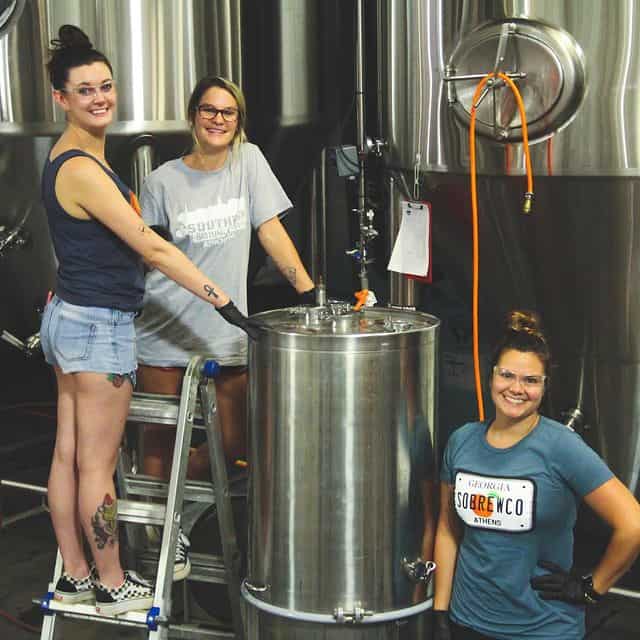 This and featured photo are from our friends @sobrewco
This and featured photo are from our friends @sobrewco
Brewing Beer
Brewing beer first requires maximizing the sugar content in the grain, then extracting that sugar into a liquid, sanitizing the mixture, and only then fermenting. This is what the process looks like in more detail.
1. Malting
Grain sprouts once a year when it senses the ideal temperature and moisture levels. Until then the grain remains dormant in its kernel. In its dormant stage, the interior is composed of complex starches. During sprouting these starches are broken down into simple sugars and serve as the plant’s food source.
Commercial brewing happens all year round and grain is supplied in bulk in its dormant stage. In a process called malting, grain is tricked into sprouting under artificial conditions. Then, to ensure maximum sugar content, the grain is roasted. This stops the plant from growing and consuming sugar.
2. Mashing
At this stage, the sugar is still enclosed within the kernel. To extract it, the malt is seeped in warm water. This is called mashing, and the resulting sugary liquid is called wort. The wort is separated from the solids in the mixture and moved to the next step.
3. Boiling
Boiling the sugary liquid evaporates the water and gives the brewer a higher concentration of sugar for fermentation. It also sanitizes the mixture to get rid of any organisms that will compete with the yeast. This is the stage where hops are added. Hops are known for giving beer a bit of bitterness and flavor, but they also serve as an antimicrobial agent that helps stabilize the beer.
4. Fermenting
The previous three steps can be considered preparation. The actual magic happens in the fermentation process. In this step brewers add yeast to the mixture; yeast consumes the sugar and produces alcohol.
IPA Production:
Different types of beer are made by tweaking this process. For example, Insider reports that “ales are top-fermented at room temperature, and lagers are bottom-fermented at a cooler temp.” The difference in brewing an IPA is a lighter roasted grain and hops varying in intensity. To give IPAs their strong aromas, they are often dry-hopped. Dry-hopping is the addition of hops during the fermentation step instead of the boiling step.
Brewing Mead
Because honey is already a liquid, dilution is the only step required to prepare it for fermentation. Traditionally mead makers, or mazers, skip the boiling step, but some prefer the unique taste it adds to the final product. Diluted honey is boiled before fermentation.
1. Diluting
Justin, Monks Meadery owner, says that honey is a shelf-stable substance no organism can survive in. Dilution destabilizes it and creates livable conditions for the yeast.
2. Fermenting
After dilution, honey is ready for the addition of yeast, and alcohol production begins.
The ABV
The sugar content is the primary driver of alcohol production in the fermentation process. The more sugar the yeast has to feed on, the more alcohol it will produce. Honey is naturally higher in sugar than grain which gives it a higher ABV capacity compared to beer.
Having a higher capacity for alcohol doesn’t always make mead a stronger drink. The ABV in mead ranges anywhere from 3% to 20% depending on the brewing process. There are session style, or low alcohol, sipping meads like the fan favorites Dragon’s Nectar and Dragon Blaster. There are traditional style meads that range in ABV between 7% and 14% like the original Monks Mead. And among many others there are sack style, or very strong meads that can have up to 20% ABV.
The ABV in beer usually ranges from 4% and 5% in lagers and pilsners up to 8% and even 12% in IPAs. Similar to mead, the IPA’s capacity for a 12% ABV doesn’t mean that is always the case. There are session-style IPAs with 4% ABV, double IPAs over 8% ABV, and hazy 12% IPAs.
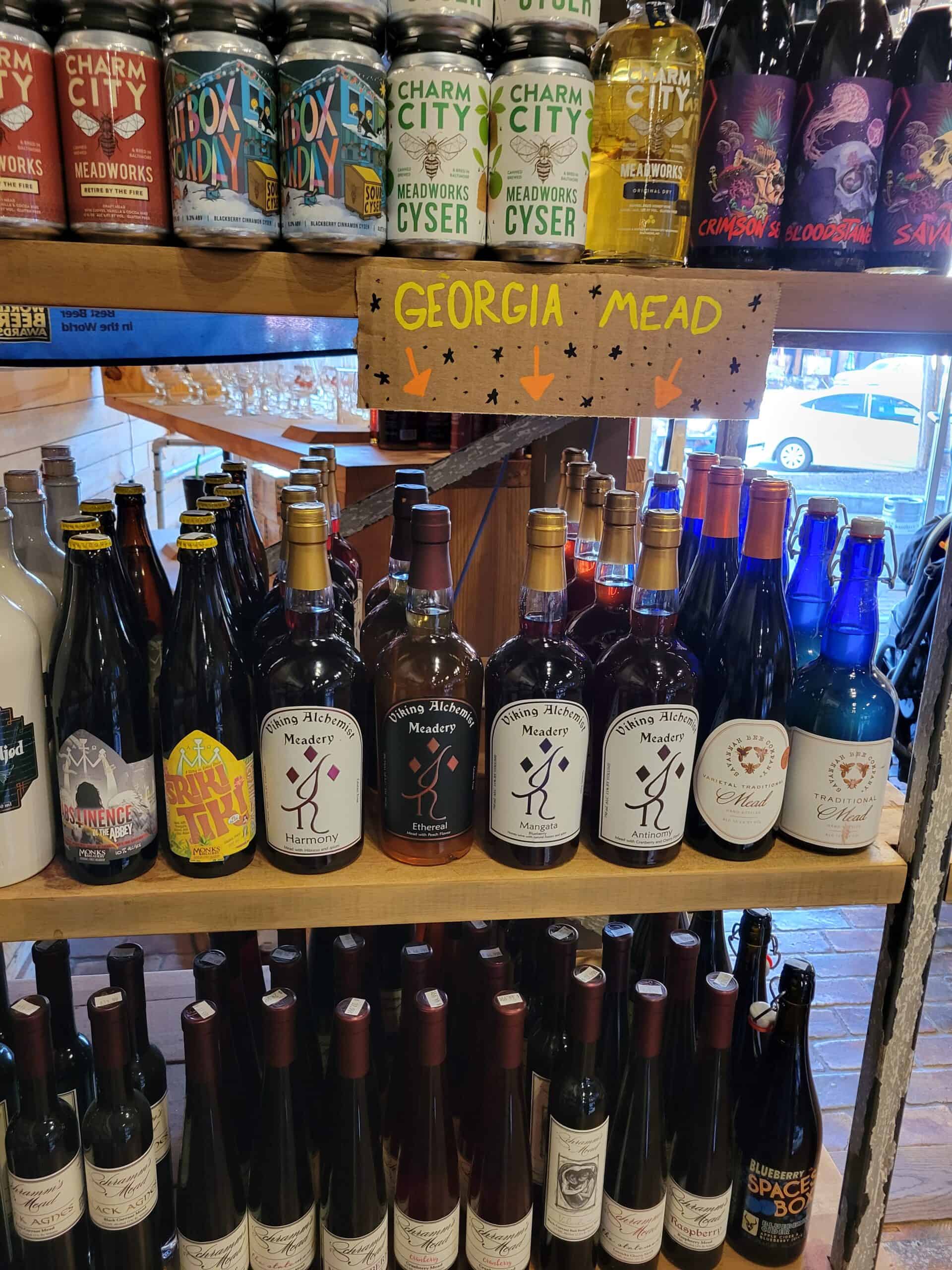
The Taste
The taste of the two beverages also differs based on their core ingredients. While the style of mead can be modeled after a beer, a wine, or even a seltzer, mead will always have an underlying honey flavor. Abstinence in the Abbey is modeled after a Belgian Tripel, the owner’s favorite beer. Stigmata is a lightly hopped, hibiscus and elderflower mead that resembles wine. And Pink by Bacchus is a pink lemonade mead that will easily replace your favorite seltzer.
IPAs are similar to mead in a way that they also have many styles. You can have a British IPA that is bitter, a West Coast IPA in which fruity flavors replace some bitterness, a New England IPA which is hazy and low in bitterness, a self-explanatory Sour IPA, and a Belgian IPA. Yet every IPA will always have its distinct underlying bitterness and hop that comes from beer’s ingredients. A Belgian IPA and Abstinence in the Abbey, although both modeled after the Belgian Tripel, will taste distinctively different.
The Paralleling Similarities
Mead and IPAs are two very different beverages yet their paths parallel each other in many ways. For starters, they are both “brewed,” and often in the same facilities using the same equipment. Although traditionally small bathes of mead are made in glass, that can’t be replicated in commercial production. Both come in a variety of styles and ABV strengths. Both were born out of passion and experimentation. The craft brewing movement started as a homebrewers hobby and Monks Mead was born in a basement. Asking “what if?” straying from the norm, and curiously adding everything from spices to fruit to the brew is why there is a variety of options for our choosing. And so far, no one’s complained.

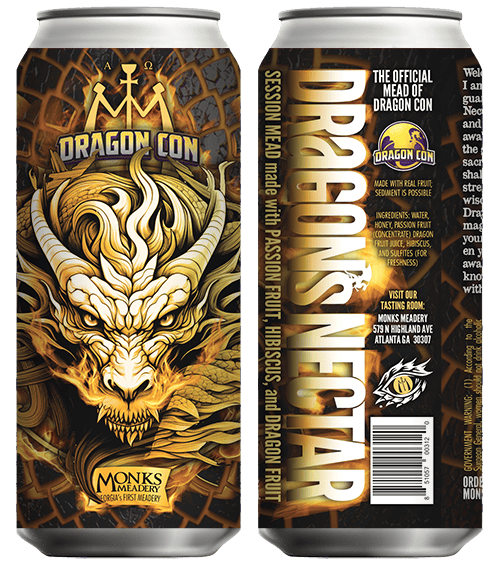
 TRIPLE WINNER at the MEAD CRAFTERS COMPETITION
TRIPLE WINNER at the MEAD CRAFTERS COMPETITION 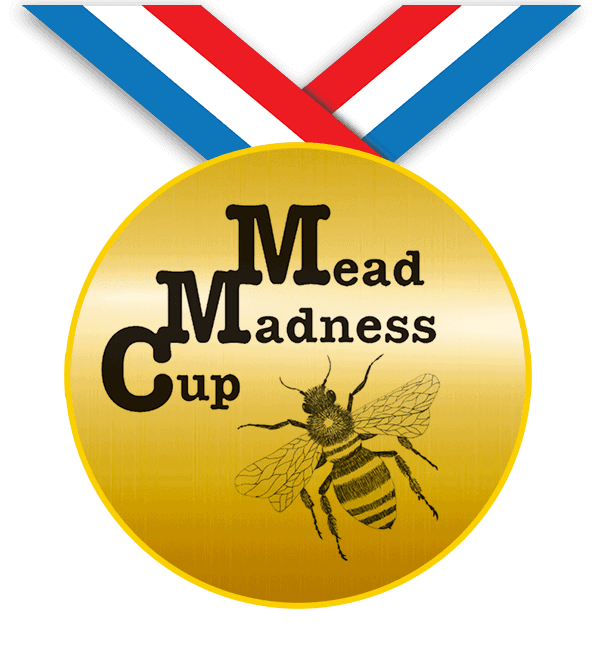 The FIRST AMERICAN MEADERY to MEDAL at the MEAD MADNESS CUP
The FIRST AMERICAN MEADERY to MEDAL at the MEAD MADNESS CUP MAZER CUP AWARD WINNER: TRY OUR AWARD-WINNING MEADS!
MAZER CUP AWARD WINNER: TRY OUR AWARD-WINNING MEADS!